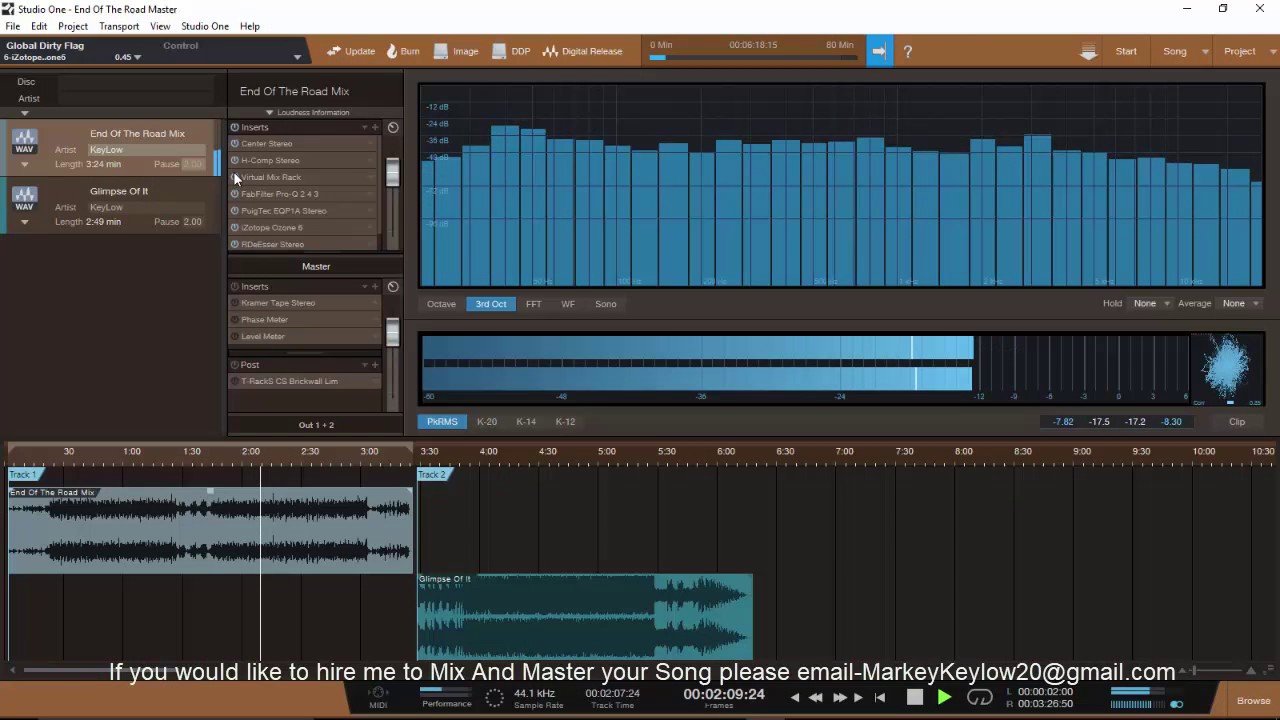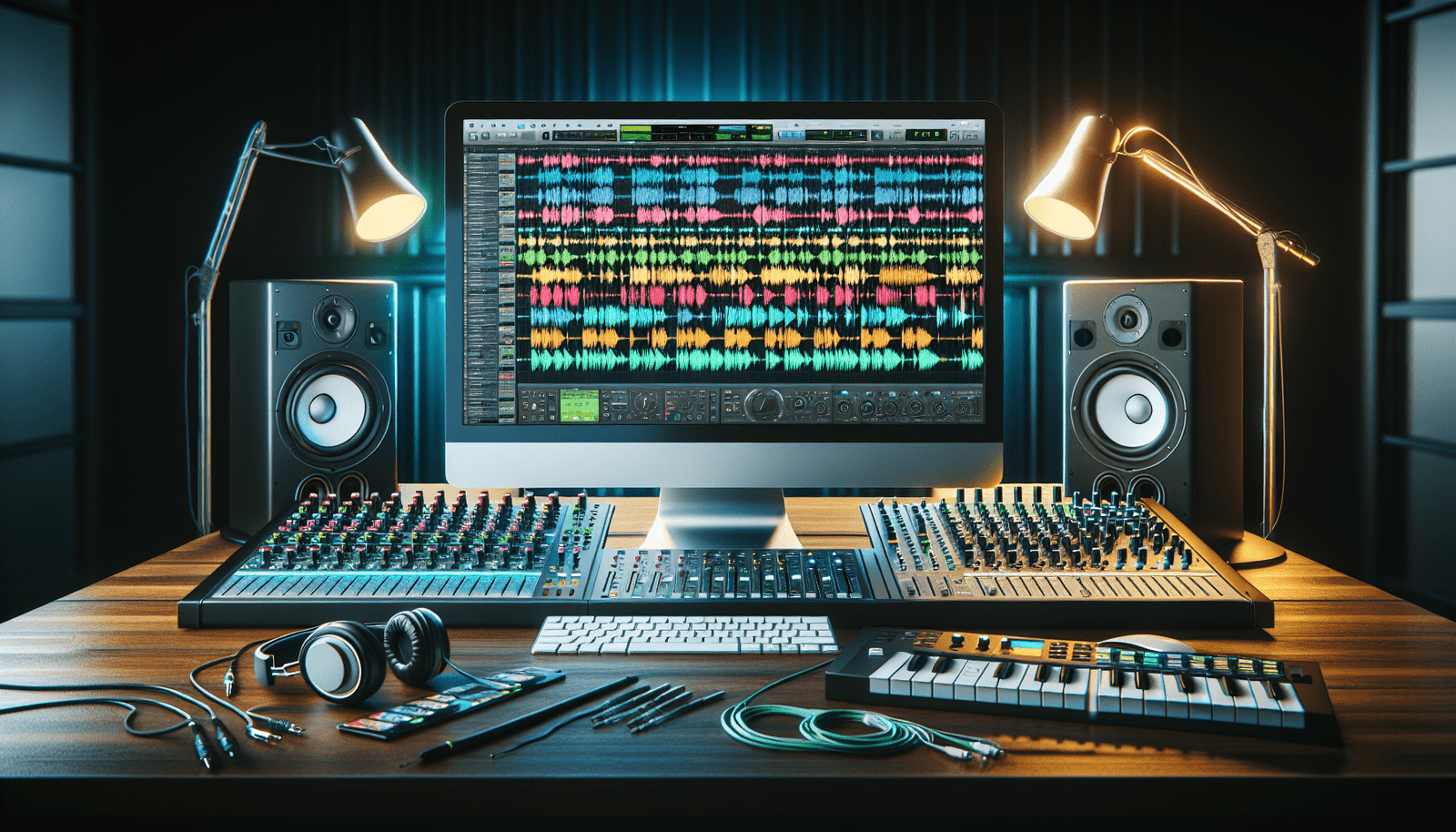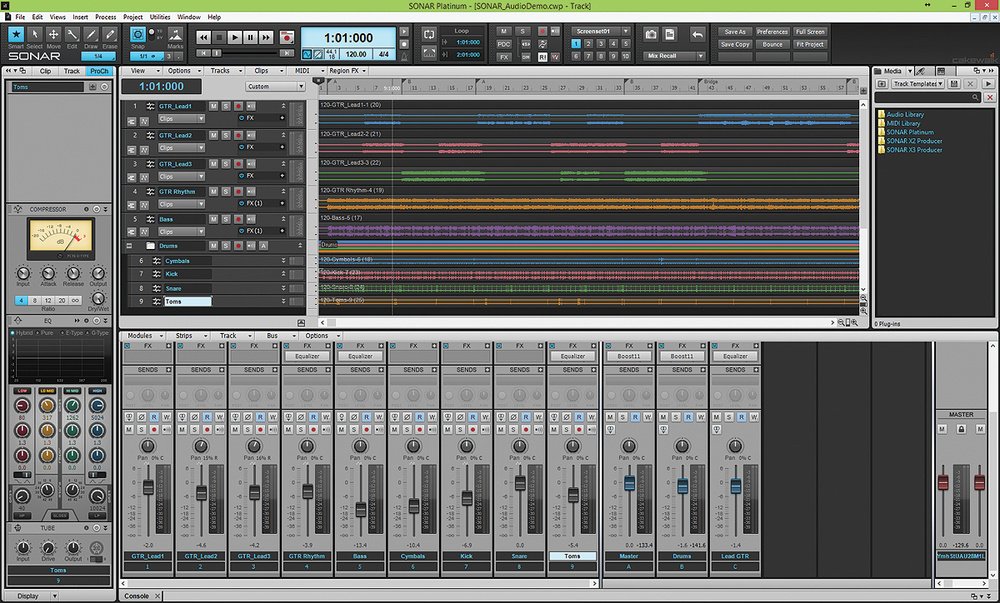Have you ever dreamed of producing your own music but felt overwhelmed by the process? If so, you’re not alone. Many budding musicians find themselves staring at complex software, wishing for guidance. Fortunately, Cubase offers a user-friendly environment that can empower you to create your own tracks, no matter your skill level.

Getting Started with Cubase
Starting your journey with Cubase is both exciting and slightly intimidating. The good news is that it’s designed to be accessible for everyone, from beginners to seasoned producers.
Understanding Cubase’s Interface
The Cubase interface may seem busy at first glance, but it’s well organized.
- Project Window: This is your main workspace where you’ll edit your audio.
- Inspector Panel: On the left, it provides quick access to track settings.
- Transport Bar: At the top, it controls playback, recording, and navigation.
Familiarizing yourself with these components will make it easier to navigate through your projects.
Setting Up Your First Project
Creating your first project in Cubase is a straightforward process. Follow these steps:
- Open Cubase: Launch the application.
- Select a New Project: Choose “New Project” from the initial menu.
- Choose a Template: While you can start from scratch, templates can give you a good starting point. You can find templates suited for different genres.
- Save Your Project: Make sure to save your work often to avoid losing progress.
This initial setup is where your creativity begins, and it’s important to create a habit of saving regularly.
Exploring Cubase’s Tools
Cubase is packed with tools that can help you fine-tune your music.
MIDI Sequencing
MIDI (Musical Instrument Digital Interface) allows you to control virtual instruments and production tools.
- Create MIDI Tracks: You can create MIDI tracks by selecting “Add Track” and then “MIDI.”
- Draw Notes: Use the pencil tool to draw notes directly into the MIDI editor.
- Quantize: Adjust the timing of your notes to ensure they’re in sync with your project. This feature can save you from numerous mistakes.
Understanding how MIDI sequencing works will be essential for crafting melodies and rhythms in your music.
Audio Recording
Recording audio in Cubase takes your production to the next level. Here’s how to get started:
- Connect Your Microphone or Instrument: Ensure that it’s set up correctly in your audio interface.
- Add an Audio Track: Click on “Add Track” and select “Audio.”
- Arm the Track for Recording: Enable the record button on the track you wish to record.
- Hit Record: Press the main record button on the Transport Bar and start playing!
Once you’ve recorded, take time to review your take, and don’t hesitate to re-record if necessary.
Mixing and Effects
Once you have your tracks laid out, mixing becomes crucial in bringing your sound to life.
Utilizing the Mixer
The mixer in Cubase facilitates blending all your tracks smoothly.
- Adjust Levels: Use faders to control the volume of each track.
- Pan: Distributing sounds across the stereo field helps create a more immersive experience.
- Add Effects: Insert effects like reverb, delay, and compression directly onto each track to enhance its sound.
Each of these components plays a significant role in achieving a polished final product.
Automation
Automation is a powerful feature that allows you to change the volume, panning, or effects over time.
- Enable Write Mode: Activate the automation you wish to control.
- Adjust Levels Over Time: As your track plays, move the faders to create dynamic changes.
With automation, you can craft more engaging and evolving soundscapes.
Enhancing Your Production Skills
As you continue to use Cubase, you’ll want to expand your production skills.
Learning About Sampling
Sampling is a technique where you take portions of existing recordings and integrate them into your music.
- Import Samples: Drag and drop audio files into Cubase.
- Edit Your Samples: Use the sample editor to trim, loop, or pitch-shift samples to fit your production.
Sampling can add a unique flavor to your music and inspire fresh ideas.
Composition Techniques
Improving your composition skills will significantly enhance your music production.
- Study Song Structure: Notice how popular songs are laid out—intro, verse, chorus, bridge, etc.
- Experiment with Chord Progressions: Playing around with different chord structures can yield exciting new melodies.
These techniques will help you build more captivating pieces.
Collaborating with Others
Collaborating with other musicians can enrich your creative process.
- Share Projects: Cubase allows you to export and import projects easily.
- Feedback: Use feedback from collaborators to refine your music further.
Collaborating not only improves your skills but also introduces new ideas and perspectives.
Advanced Features in Cubase
When you’re comfortable with the basics of Cubase, exploring advanced features can unlock new creative possibilities.
Virtual Instruments
Cubase comes equipped with a wide range of virtual instruments.
- HALion Sonic: This is a versatile sampler and sound workstation.
- Groove Agent: Ideal for creating realistic drum patterns.
Using these virtual instruments broadens your sound palette and enriches your tracks.
Groove and Quantization
Timing is everything in music, and Cubase offers tools to perfect this aspect.
- Groove Agent: Create intricate drum patterns and rhythms.
- Quantization: Adjust your MIDI and audio tracks to snap to the grid for tighter timing.
By mastering these tools, you will create more dynamic and professional-sounding tracks.

Cubase Community and Resources
Engaging with the Cubase community can be incredibly beneficial in your music production journey.
Online Forums and Groups
Participating in forums can provide support and inspiration.
- Cubase Forums: Here, you can ask questions, share your progress, and get feedback.
- Social Media Groups: Look for Cubase groups on platforms like Facebook and Reddit for tips and tricks.
Connecting with others can help you learn faster and stay motivated.
Tutorials and Learning Resources
There is a wealth of information available online to further your knowledge of Cubase.
- YouTube Tutorials: Look for video instructions that can guide you through specific features.
- Courses: Websites like Udemy and Skillshare often have in-depth courses on music production using Cubase.
Investing time in these resources will enhance your skills and confidence.
Troubleshooting Common Issues
Even the best musicians face challenges. Knowing how to troubleshoot can save you from frustration.
Audio and MIDI Issues
If you encounter problems with audio or MIDI not playing back, try these steps:
- Check Connections: Ensure all your cables and interfaces are properly connected.
- Audio Settings: In Cubase, go to “Studio” and check your audio device settings.
- Restart Cubase: Sometimes, a simple restart can fix glitches.
Staying calm and methodical will help you overcome simple hiccups.
Performance Optimization
As your projects grow, it’s essential to optimize Cubase for performance.
- Adjust Buffer Size: A lower buffer size reduces latency but can strain your CPU.
- Freeze Tracks: This saves CPU power by rendering tracks in place while you continue working on others.
These adjustments can help you maintain smooth performance even with complex sessions.
Finalizing Your Track
When you’re satisfied with your project, it’s time for mixing and mastering.
Mixing Your Track
Here are the basic steps for mixing:
- Balance Levels: Ensure all elements can be heard without overpowering each other.
- EQ: Use equalization to carve out space for each instrument.
- Compression: Apply compression to control dynamics and add sustain.
Taking the time to refine your mix will make a significant difference in quality.
Mastering Your Track
Mastering is the final step that polishes your music for distribution.
- Final EQ Adjustments: Make broad adjustments to the overall mix.
- Limiting: Set a limiter to prevent clipping while maximizing loudness.
Mastering can be complex, but taking a careful approach will make your track shine.
Conclusion
As you navigate through Cubase, remember that music production is a journey filled with learning experiences. Every mix you create, every sound you explore, and every collaborative effort enhances your skills and expands your artistry.
By understanding Cubase’s features, utilizing effective techniques, and connecting with the community, you’ll soon find yourself mastering music production in no time. Take your time, enjoy the process, and let your creative voice shine through your music!



